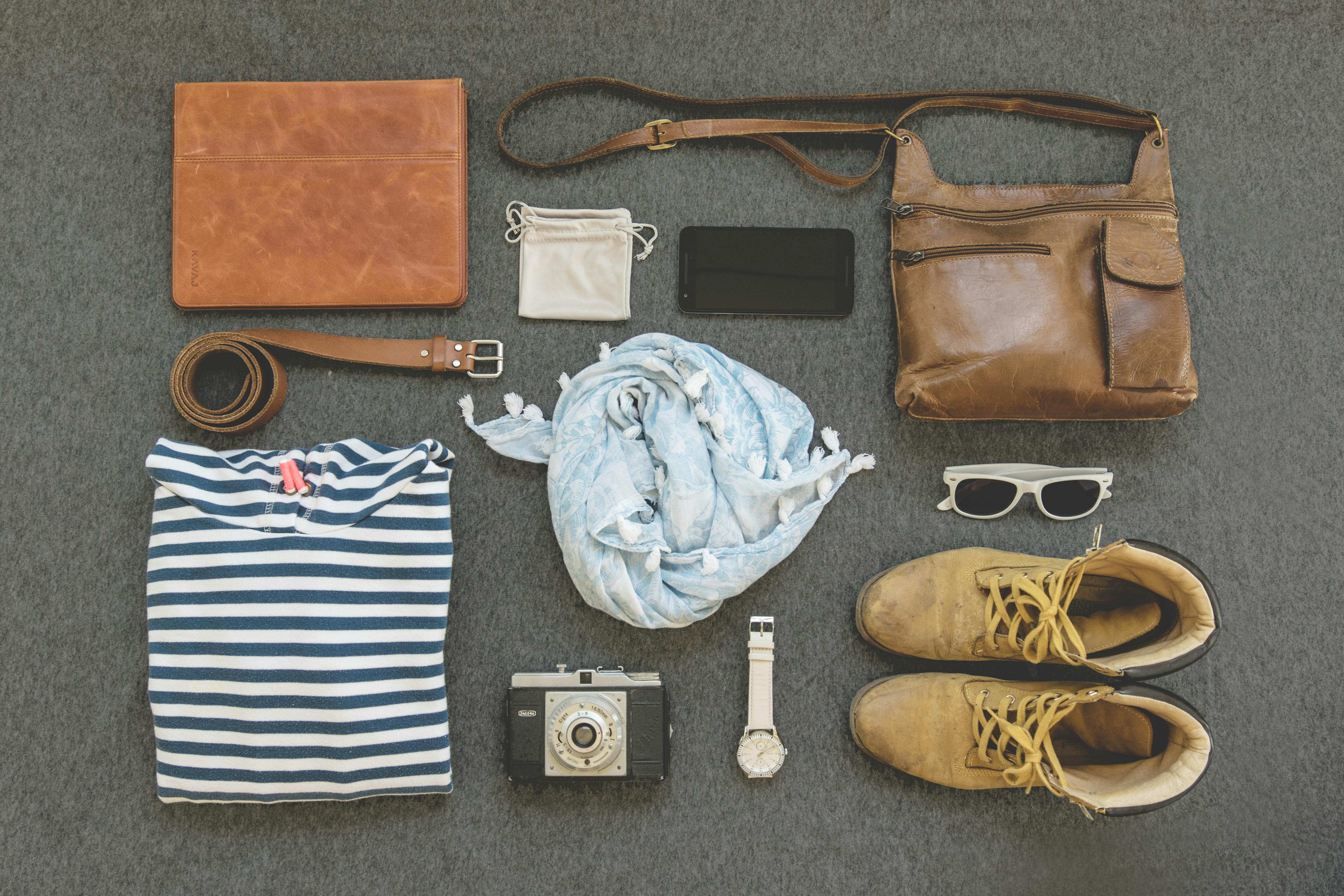Size Matters: How to Match Your Bag Dimensions to Your Lifestyle Needs
Selecting the perfect handbag involves more than just aesthetic appeal. The right bag size and style can dramatically impact your daily comfort, organization, and overall functionality. From compact crossbody bags for active lifestyles to spacious totes for busy professionals, understanding how different dimensions serve various needs helps you make informed decisions that enhance rather than hinder your routine.

Choosing the right handbag size requires careful consideration of your daily activities, personal style, and practical needs. The dimensions of your bag directly influence how comfortably you can carry your essentials while maintaining the functionality required for your specific lifestyle demands.
Understanding Different Handbag Styles for Women
Handbag styles vary significantly in size, shape, and intended use. Clutches typically measure 6-10 inches in length and work best for evening events or minimal carry needs. Crossbody bags range from 8-12 inches and offer hands-free convenience for active individuals. Shoulder bags generally span 10-16 inches, providing moderate storage with comfortable carrying options. Tote bags, measuring 12-20 inches or larger, accommodate extensive daily essentials for busy professionals or parents.
Satchels combine structure with functionality, usually measuring 10-14 inches with defined compartments. Hobo bags offer relaxed styling in medium to large sizes, while backpack-style purses provide ergonomic weight distribution for extended wear. Each style serves specific purposes and complements different body types and fashion preferences.
How to Choose a Handbag That Fits Your Daily Routine
Your daily schedule should dictate your handbag choice more than trending styles. Commuters benefit from structured bags with secure closures and multiple compartments to organize transit cards, electronics, and work materials. Stay-at-home parents often prefer larger bags that accommodate children’s items alongside personal essentials.
Active individuals require hands-free options like crossbody or backpack styles that won’t interfere with movement. Business professionals typically need bags that complement formal attire while providing space for documents, laptops, or tablets. Weekend activities call for casual styles that balance fashion with practicality.
Consider your transportation methods as well. Car commuters can manage larger bags more easily than public transit users who need streamlined options that navigate crowded spaces comfortably.
Guide to Selecting the Right Handbag Size and Shape
Proportional balance between your body size and bag dimensions creates the most flattering appearance. Petite individuals should avoid oversized bags that overwhelm their frame, while taller people can carry larger styles without visual imbalance. The bag’s bottom should align with your natural waistline when carried on the shoulder for optimal proportions.
Shape considerations include your body type and personal preferences. Structured rectangular bags complement curvy figures, while soft, rounded shapes work well with angular body types. The bag’s width should not exceed your body’s widest point to maintain visual harmony.
Handle length affects both comfort and style. Short handles create a more formal appearance but require hand or forearm carrying. Longer straps allow shoulder wear but may require adjustment for proper positioning. Adjustable straps offer versatility for different wearing preferences and outfit combinations.
Material Options Used in Women’s Handbags Explained
Leather remains the most popular handbag material due to its durability, aging characteristics, and professional appearance. Full-grain leather offers the highest quality but requires more maintenance, while top-grain leather provides good durability with easier care. Synthetic leather alternatives offer similar aesthetics at lower price points with consistent coloring and weather resistance.
Canvas and nylon materials excel in casual settings and outdoor activities. These fabrics resist stains, clean easily, and often cost less than leather options. However, they may appear less formal and show wear differently over time.
Exotic materials like snake, crocodile, or ostrich leather command premium prices but offer unique textures and luxury appeal. Fabric options including cotton, linen, or specialty weaves provide seasonal variety and often feature unique patterns or embellishments.
| Material Type | Durability | Price Range | Best For |
|---|---|---|---|
| Full-grain Leather | Excellent | $200-$800+ | Professional, formal use |
| Synthetic Leather | Good | $50-$200 | Daily wear, budget-conscious |
| Canvas/Nylon | Very Good | $30-$150 | Casual, outdoor activities |
| Exotic Leather | Excellent | $500-$3000+ | Luxury, special occasions |
Prices, rates, or cost estimates mentioned in this article are based on the latest available information but may change over time. Independent research is advised before making financial decisions.
Tips for Organizing Essentials Inside Your Handbag
Efficient organization maximizes your bag’s functionality regardless of size. Use pouches or organizer inserts to create designated spaces for different item categories. Keep frequently accessed items like keys, phone, and wallet in easily reachable exterior or front pockets.
Establish consistent placement patterns so you always know where to find specific items. Place heavier objects toward the bag’s center to maintain balance and reduce strain on handles or straps. Utilize vertical space by standing items like pens, lip products, or small bottles rather than laying them flat.
Regularly clean out unnecessary items to prevent accumulation of clutter. Consider seasonal adjustments to your carried essentials, removing heavy items during warmer months or adding protective cases during winter weather.
The right handbag size enhances your daily experience by providing appropriate storage without excess bulk or insufficient space. By matching dimensions to your lifestyle needs, considering proportional balance, and organizing contents efficiently, you create a functional accessory that serves both practical and aesthetic purposes throughout your varied activities.




